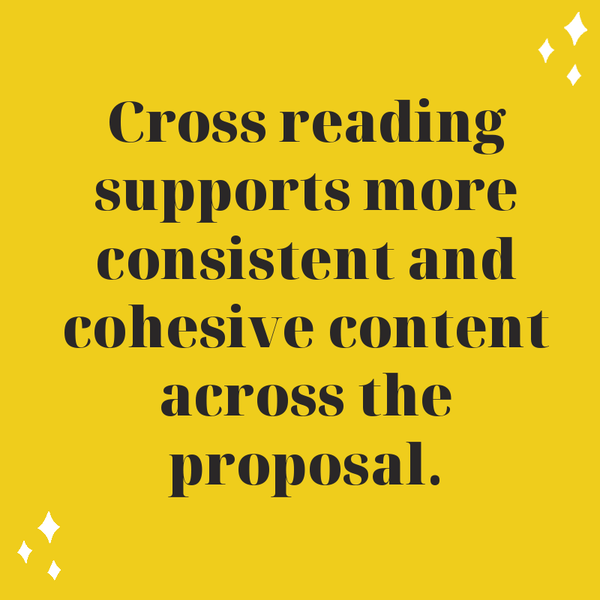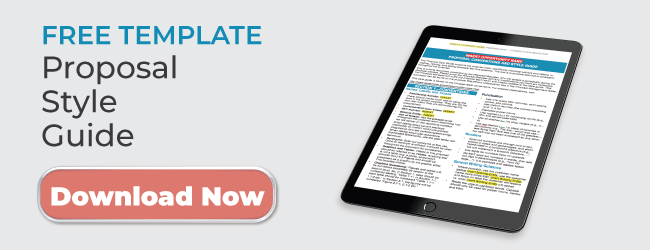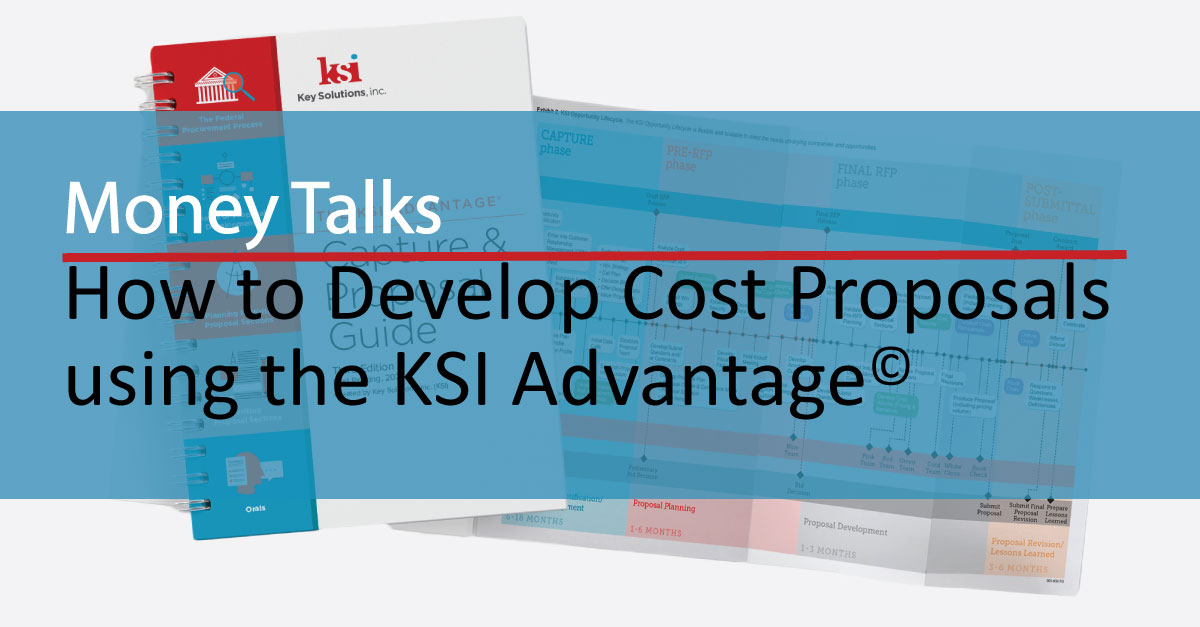A common problem with proposal teams is that it is so easy for authors to avoid communicating—particularly when one or more author is working virtually.
This leads to sections that are developed in silos, which can result in inconsistencies across the proposal sections and disjointed writing.
As a Proposal Manager, I always encourage cross-reading with my proposal teams. However, when key components of your teams are virtual, try to include formal cross-reading assignments that occur in conjunction with the Pink Team and Red Team reviews.
This pushes authors to identify areas where their sections are inconsistent with other sections and encourages authors to collaborate with each other to drive updates to the Style Guide and/or Wall of Truth. These efforts result in three key benefits.
1. Improves Consistency
When authors read other sections in the proposal, they are frequently drawn to “truths” that don’t align with their “truths.” If one author states that the team has reachback to 2,000 employees and another states that they have reach back to 3,000 employees, this disconnect tends to stand out to the authors. Though this discrepancy might be caught by an outside color team reviewer, it might not—particularly when you break out the section assignments to different reviewers for large proposal efforts.
At the end of the review, it's important to have your authors discuss the inconsistencies they’ve flagged and come to agreement on which numbers to add to the Wall of Truth. If certain statistics require further validation, flag those items in the Wall of Truth and add them to the Action Items List.

2. Increases Cohesiveness
Another key element that authors will pick up on is whether their approach aligns with the approach of another section.
For example, a management author will pick up on the fact that the workflow discussion in the technical section doesn’t align with how they’ve discussed the management structure and vice versa. Similarly, transition authors might notice disconnects between the transition plan and how the team takes over operational responsibility in the management plan.
In the days following the review, authors have the chance to work through these disconnects and make sure the solution is cohesive across sections.
3. Reduces Redundancies
A third key thing cross-reading can help with is understanding what content belongs where.
Our customers frequently ask for the same thing in multiple sections. For example, I recently had an RFP that asked for recruiting, retaining, and staffing approaches in both the management and staffing sections of the proposal. Since these sections were in the same volume, this discussion needed to be consistent across those two sections, but it didn’t make sense to repeat the exact same information in both sections.
By encouraging cross-reading, authors can better understand what is being said in other sections and then, in conjunction with proposal leadership, collaborate on what content makes sense to include in each section.
Final Thoughts
In today’s proposal environment with virtual team members and the ability to work from anywhere, a common problem we’re seeing is a lack of communication across section authors.
This frequently leads to sections that are developed in silos, which can result in inconsistencies across the proposal sections, disjointed writing, and redundant content. To avoid these pitfalls, I try to include formal cross-reading assignments that occur in conjunction with the Pink Team and Red Team reviews. This pushes authors to identify areas where their sections are inconsistent with other sections and collaborate with each other to drive updates to the Style Guide and/or Wall of Truth.
This supports more consistent and cohesive content across the proposal, which enables evaluators to focus on the proposed solution, articulated benefits, and value propositions.
This article was originally published by Ashley Kayes on Proposal Reflections.








